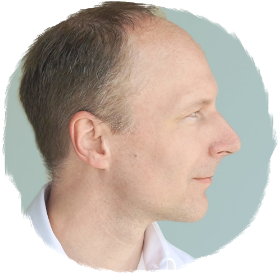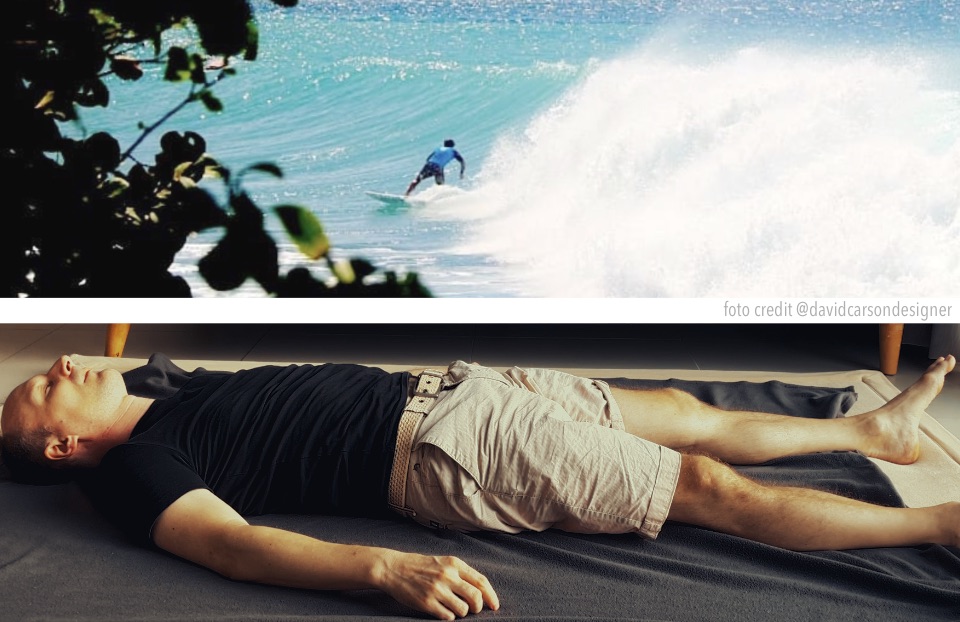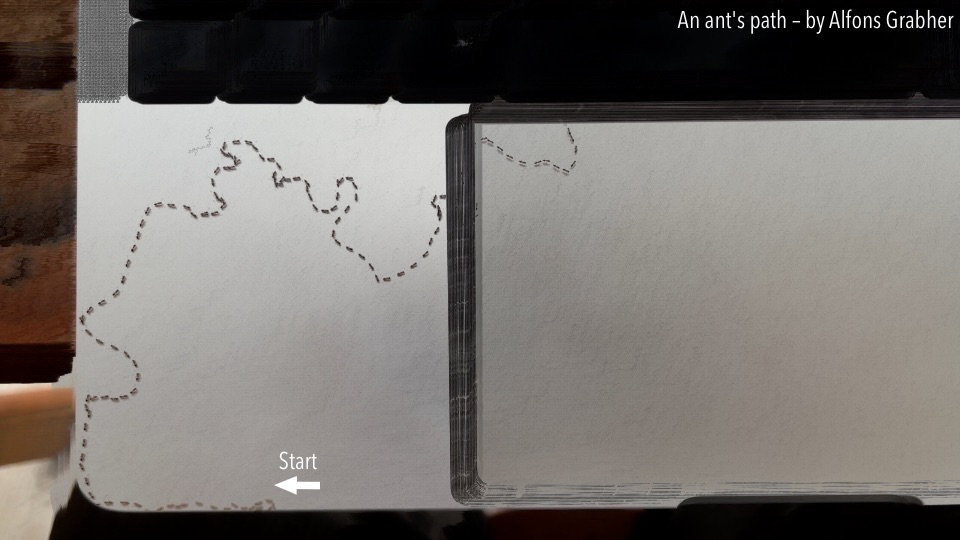Last Sunday I had tea with my neighbour, Trang. We were talking about meditation practices and language. I was trying to make a point that language abilities increase with age, which she didn’t seem to buy at face value. Therefore I tried to quote a thing (or two), to add substance to my argument, and recalled that there’s a page in Thomas Hanna’s book „Somatics” in which he made a good point. But I couldn’t recall the details and my argument fell flat on its face. Nevertheless, we had a stimulating talk and for the next week agreed to go for a walk.
I read up on the details today:
In his book „Somatics” (1988) Thomas Hanna states that the 21-year Seattle longitudinal study of adult psychological development by K. Warner Schaie „is the backbone of this book.” Which I found surprising, since I always thought Moshé Feldenkrais’s movement based lessons and Hans Selye’s work on stress were the backbone of this book. Thomas Hanna quotes the Seattle longitudinal study like this:
„Different intellectual abilities took different lengths of time to mature. For example, the ability to think with numbers does not reach its peak until age 32; reasoning ability peaks at 39; speech and word fluency do not hit their peaks until age 46; and comprehension of verbal meaning does not reach its stride until 53 years.”
That’s what I wanted to quote to Trang. But that chance is missed, and now I’m curious of how to use this quote to make some improvements to my own intellectual abilities.
Both Thomas Hanna and Warner Schaie were looking for explanations why the fore-mentioned intellectual abilities mature in some people and not in others. While Thomas Hanna merely added two more paragraphs to his book’s chapter, Warner Schaie seemed to have added two more decades of research.
Schaie’s original assertions, „a favorable, less stressful personal situation; and freedom from arthritis and cardiovascular disease” still seem to be valid today. However, in 2010 he added „Midlife openness to experience is associated with midlife memory and executive ability change.”
(Richards, A. L., Madhyastha, T. M., Borghesani, P. R., Schaie, K. W., & Willis, S. L., 2010, April. Improvement in cognitive abilities is related to openness to experience.)
So, yes, then, how about a few positive affirmations toward greater openness? Let me first make sure we’re talking about the same thing. The Seattle Longitudinal Study uses The NEO Personality Inventory to describe openness:
„Openness (O) Open individuals are curious, willing to entertain novel ideas and unconventional values. They experience positive and negative emotions more intensely than do closed individuals.”
Having this definition secured, let’s write down some positive affirmations, shall we?

🙌 I am open to entertain novel ideas and unconventional values. ❤️
🙌 I am open to experience all emotions, positive and negative. ❤️
🙌 I feel safe to encounter the new and unknown. ❤️
🙌 I always find back to good balance. It’s easy. ❤️
🙌 I am open to enjoy warm and loving relationships with the people around me. ❤️
🙌 I am open to appreciate the fullness of life. ❤️
So, what do you think about that?




